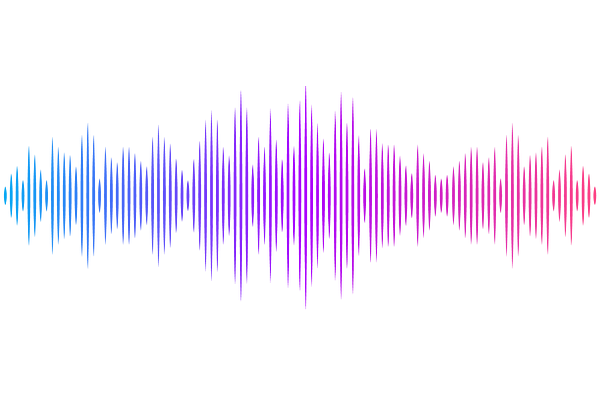Ferret model of bleomycin-induced lung injury shares features of human idiopathic pulmonary fibrosis

Ferret model of bleomycin-induced lung injury shares features of human idiopathic pulmonary fibrosis
Wu, S.; Driver, I.; Luo, M.; Miyazaki, H.; Shambhu, S.; Popov, D.; Yang, L.; Wang, J.; Ma, J.; Guo, J.; Atha, J.; Tata, A.; Hoffman, E.; Wang, Y.; Tata, P.; Jensen, M. B.; Engelhardt, J. F.; Sontake, V.; Liu, X.
AbstractIdiopathic pulmonary fibrosis (IPF) is a debilitating lung disease with limited therapeutic options. The development of effective therapies has been hindered by the lack of models that recapitulate key features of human disease. Here we report a bleomycin-induced ferret PF model characterized by an irreversible decrease in pulmonary compliance and an increase of opacification, accompanied by honeycomb cyst-like structures and proximalization of distal lung epithelium. Cellular and molecular analysis by single-nucleus RNA sequencing revealed a significant shift in distal lung epithelium towards proximal epithelial phenotype. Importantly, a histopathological pattern of bronchiolization encompassing divergent atypical epithelial cells and KRT17+/TP63+/KRT5low basaloid-like cells was present in the distal fibrotic lung lesions. Trajectory analysis revealed AT2 cells transition through multiple cell-states in bleomycin injured ferret lungs, particularly AT2 to KRT8high/KRT7low/SOX4+ and eventually to KRT8high/KRT7high/SFN+/TP63+</KRT5low basaloid-like cells. Further, immunofluorescence analyses demonstrated KRT7 and KRT8 populations reside overlaying the ACTA2-positive myofibroblasts in fibrotic foci, implying their pro-fibrogenic activity similar to human IPF lungs. Collectively, our results provide evidence that bleomycin-induced lung injury in ferrets recapitulates pathophysiological, cellular, and molecular features of human IPF, suggesting that they may be a reliable model for understanding mechanisms of IPF pathogenesis and for testing therapeutic strategies for treatment of IPF.